On the wonderfully diverse and culturally vibrant stage of Italy, Christmas becomes a celebration full of stories that captivate both Italians and visitors.
In this post, I’ll take you through the magical world of an Italian Christmas, where tradition and centuries-old heritage come together.
From presepi (nativity scenes) and cene di pesce (seafood dinners on Christmas Eve), every region adds its own flavor to the season.
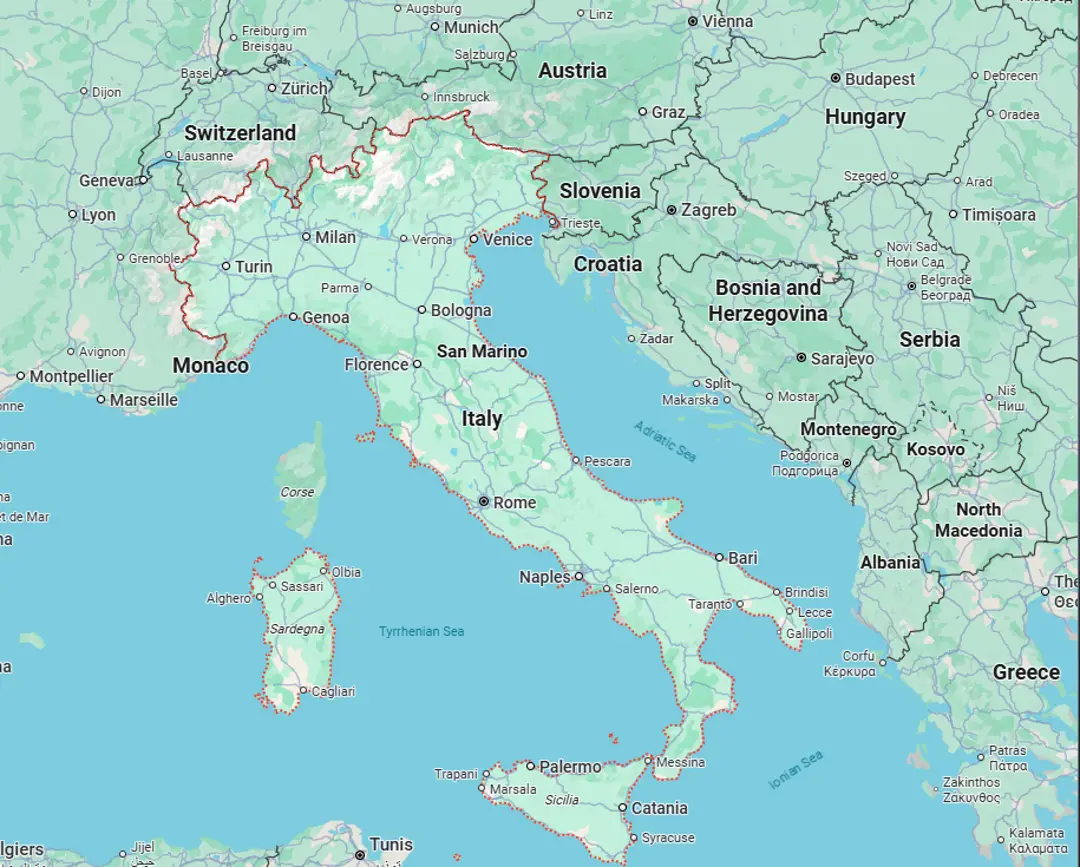
How Italians Celebrate Christmas?
Rather than being confined to just one day, the Italian Christmas season is a series of meaningful traditions, festive meals, and time-honored customs.
Let’s take a closer look at how the holiday is marked across the calendar—starting with the key days that define the season.
1. December 8: The Start of It All
This is when most Italian families begin their Christmas activities.
They decorate their homes and create beautiful nativity scenes called presepi.
These displays can be simple or as elaborate as full village scenes, but they’re a cherished part of the holiday tradition.
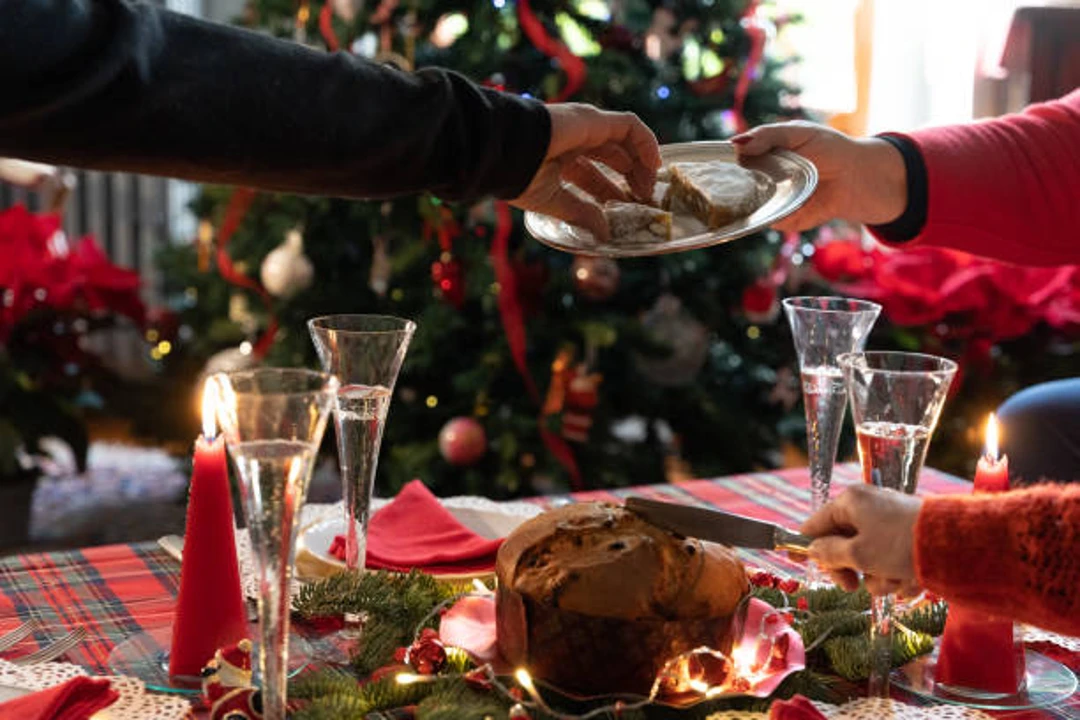
2. December 24 – Christmas Eve (La Vigilia)
For me, Christmas Eve is all about family. The Italians have this massive dinner centered around seafood that lasts for hours.
Catholic tradition dictates that you shouldn’t eat meat on this night. After dinner, everyone goes to Midnight Mass.
All families do it, especially in more Catholic regions. And then you ring in Christmas.
3. December 25 – Christmas Day (Natale)
These days are all about family and hours-long meals filled with laughter and joy. There are endless spreads of traditional Christmas delights to enjoy together.
Minus the tree, everybody typically gives each other a gift in the morning. It's all about fun, love, and family.
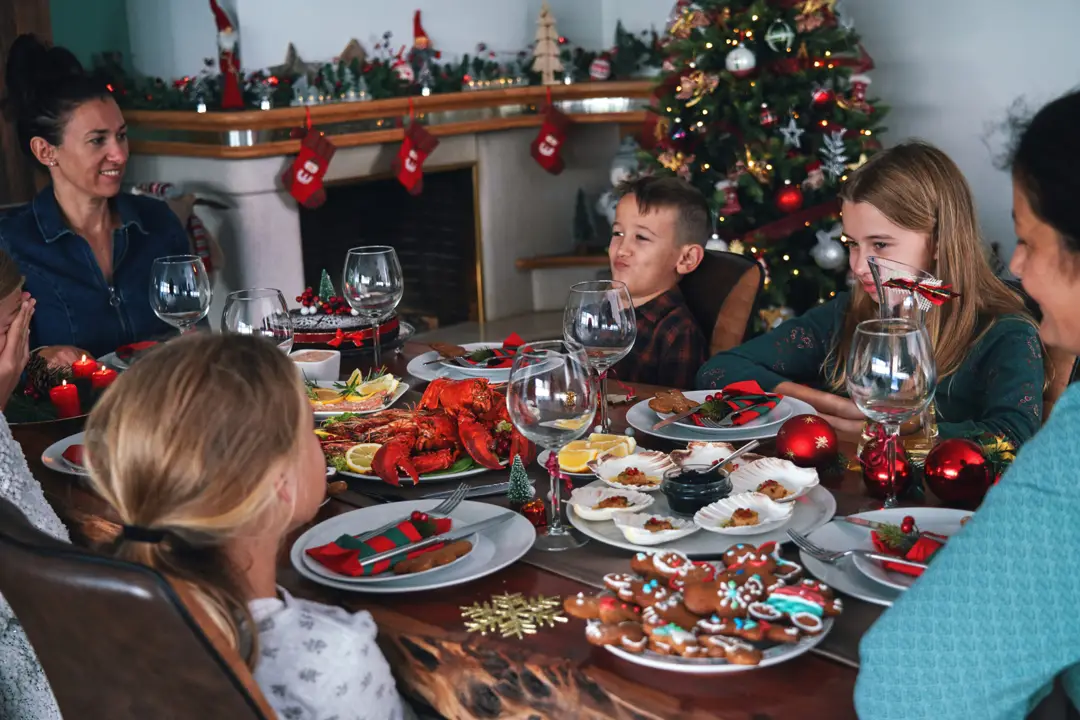
4. December 26 – St. Stephen’s Day (Santo Stefano)
But the festivities don’t end on Christmas. The next day is St. Stephen’s Day, a public holiday. The Italians just visit even more friends and family and relax. It’s a second dose of holiday cheer to keep the fun going.
5. January 6 – Epiphany and La Befana
On January 6, Italians celebrate Epiphany, marking the arrival of the Three Wise Men in Bethlehem. Children eagerly await La Befana, a kind old witch who delivers candy or coal depending on their behavior.
Parades and processions are common in towns and cities, adding to the festive atmosphere.
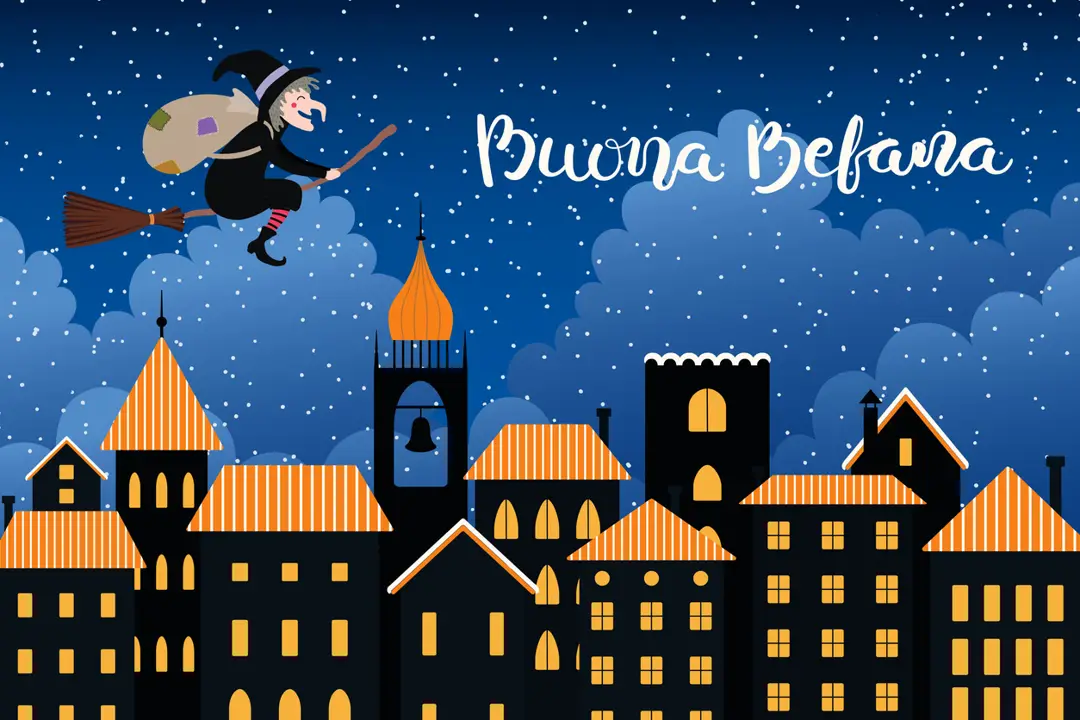
What Makes Christmas in Italy Unique?
Wondering what makes Italian Christmas celebrations unique? Here’s what to know about Christmas traditions in Italy:
1. Nativity First, Tree Second
The presepe, or nativity scene, wins the popularity contest in Italy. Rather than prioritizing the Christmas tree, Italians focus on creating intricate and exquisite nativity displays.
These displays are often made by hand, showcasing the dedication and artistic abilities of those who create them. Whole families work meticulously to set them up, as they are the centerpiece of their holiday decor.
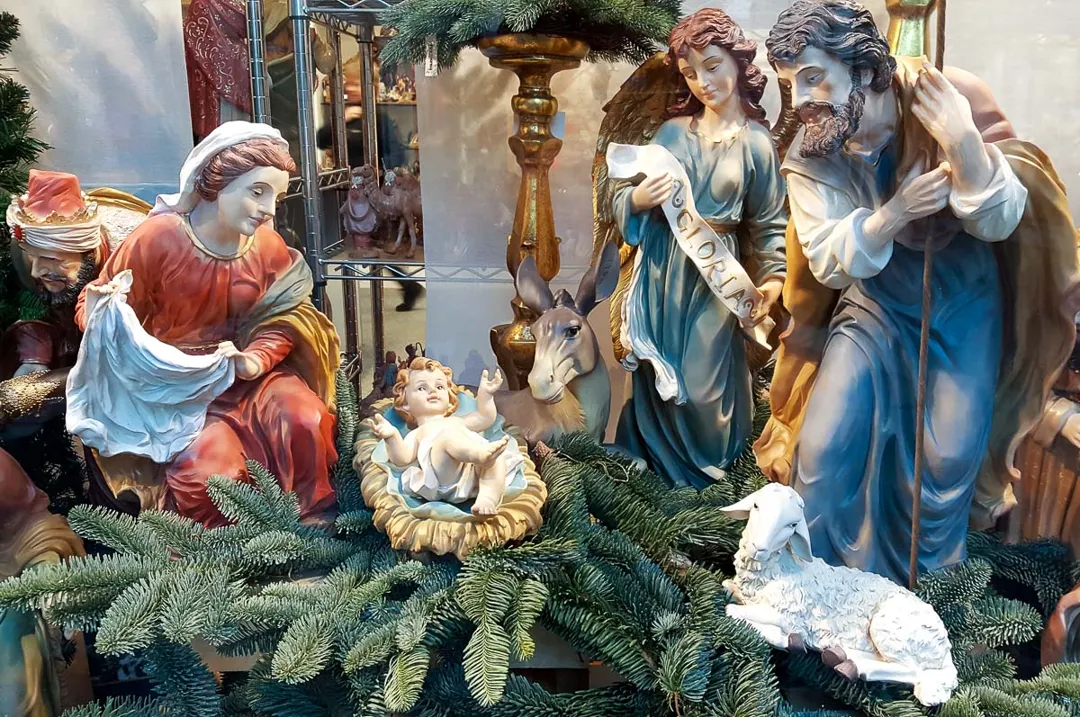
2. Religious Roots Run Deep
Christmas in Italy emphasizes the religious aspects of the festivities more than in some other Western nations. Most Italians attend church for several services, often including Midnight Mass.
This tradition is a way of preserving the religious meaning of the holiday.
3. La Befana Instead of Santa
Forget Santa Claus! In Italy, it's La Befana who brings gifts at Christmas.
This elderly woman flies on a broom and delivers sweets or "coal" to children on January 6, the Epiphany. While Santa is more prevalent, La Befana remains a beloved character in Italian mythology.
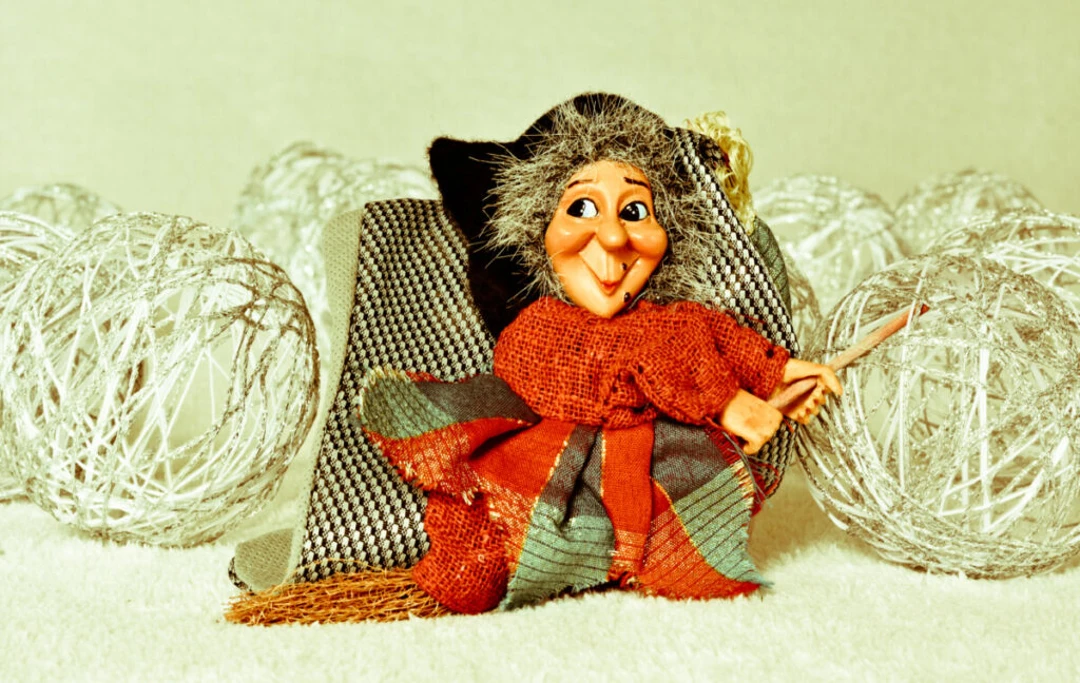
4. Christmas Eve Without Meat
Italians celebrate La Vigiliawith a dinner almost entirely of seafood. Although this tradition came from the Roman Catholic fasting rules, it’s one I can get behind. There will be lots of fish, including eel and, of course, wine.
5. Public Festivities Feel Local
Christmas in Italy is a community affair. You don't see the big commercial displays like you do elsewhere.
The towns and villages focus on spiritual and cultural activities, such as local Christmas markets and small-town nativity scenes. It's a great way for the community to come together.
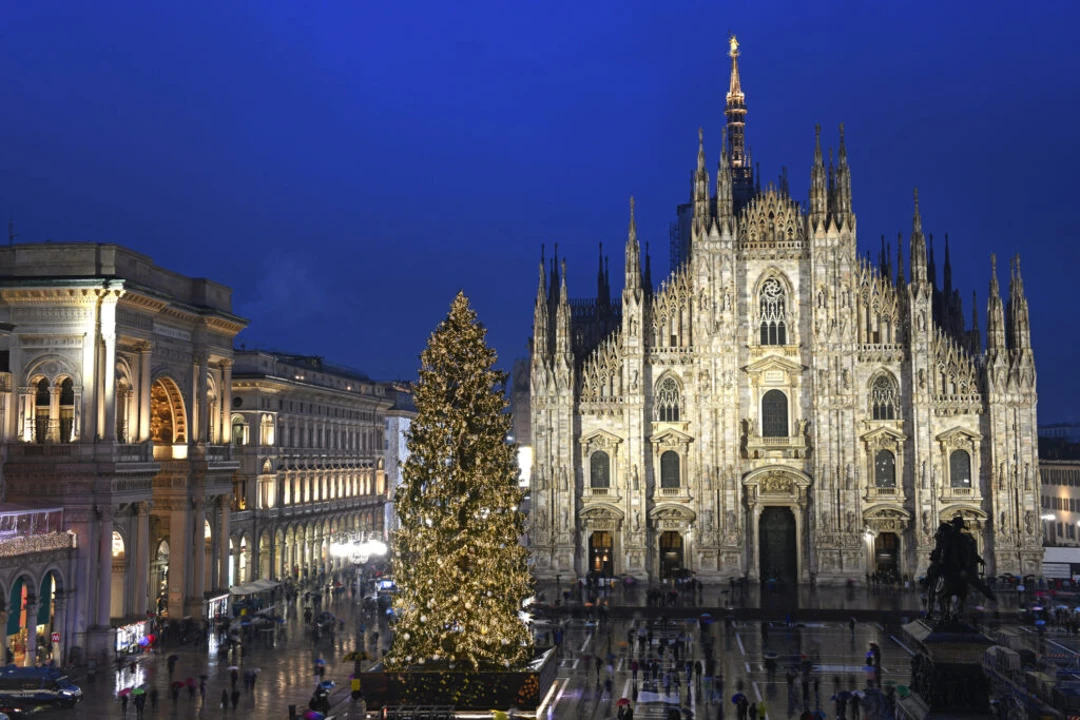
Key Religious and Family Traditions
1. Midnight Mass & Church Services
A very popular Christmas activity in Italy is attending Midnight Mass, especially in places with a strong Catholic tradition like Vatican City. These services are filled with spiritual spirit and unity.
You're surrounded by spectacular architecture, all there to celebrate the birth of Jesus. It's a great moment of community and religion that both locals and non-locals can share together.

2. Nativity Scenes (Presepi)
In Italy, nativity scenes, or "presepi," are a big part of the Christmas celebration.
Whether it's a small one in someone's home or an entire exhibition in a city like Naples or Assisi, nativity scenes help tell the story of Christ's birth through art.
Every region participates, each adding its unique spin to the tradition. Whether you're creating or visiting them, they are a staple of the Italian Christmas.
Enjoying the scene is a way to appreciate the deep devotion of the people.
3. Family-Centered Gatherings
For Italians, Christmas is all about family. They gather around the table for long, multi-course meals.
It's not about the presents but about spending time with loved ones and enjoying each other's company and the delicious food. Many generations participate in the celebration, ensuring no one is alone during the holiday.

What Do Italians Eat for Christmas?
Christmas in Italy is a delicious affair, offering a wide array of festive and tasty specialties that you may not find at home. On December 24th, La Vigilia, it's common for Italians to abstain from meat.
Instead, they choose fish or vegetarian dishes, in keeping with Catholic tradition.
La Vigilia (Christmas Eve)
1. Capitone
In southern Italy, Christmas Eve is not complete without fried or baked eel, known as capitone.
The strong flavor of this dish is either loved or hated, but those who love it cherish this and all the other traditional tastes of Christmas.

2.Frittura di Pesce
A frittura di pesce, a mixed fried fish platter, is a favorite dish for La Vigilia. It’s a collection of different crispy seafood treasures, and it provides contrast and interest to the menu, as well as pumps up the excitement of the meal.
Natale (Christmas Day)
1. Cured Meats and Cheeses
For Christmas Day, people in Italy are mostly happy to serve up an antipasto. After all, what's not to love about assorted cucina, olives, pickled vegetables, and cheeses?
Sliced meats and Italian wine always bring laughter to the table. Commonly consumed on Christmas Day is some sort of antipasto tray.
After all, meats, olives, pickled vegetables, and cheeses are hard not to love. Meat and Italian wine lead to people laughing at the table.
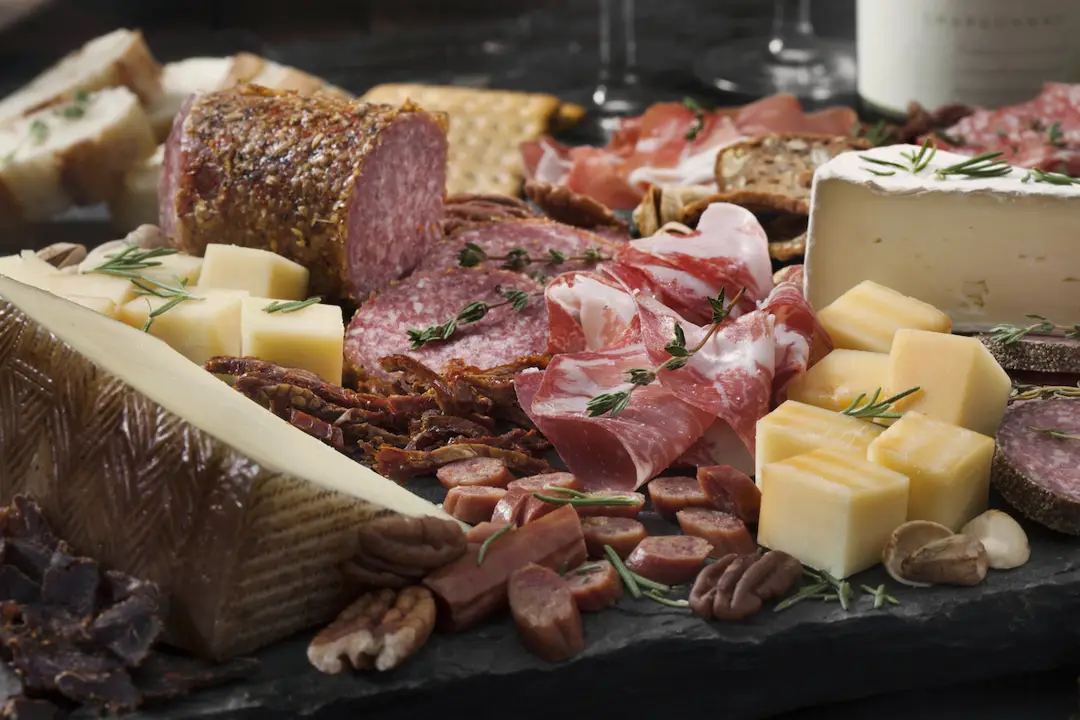
2. Lasagna or Cannelloni
For a lot of Italian families, it’s all about the pasta on Christmas Day. Whether it’s lasagna or cannelloni stuffed with meat, cheese, or veggies, these rich meals symbolize the time and care that it takes to prepare an Italian feast.
Traditional Sweets
1. Cartellate
Cartellate are a traditional Italian Christmas sweet: a spiral of pastry, fried and drenched in wine syrup. The term "cartellate" refers to two things: the intricate shapes that the fried dough resembles, and their deliciousness.
They are highly addictive, and once you discover how best to work the dough, they are not that hard to make. An Italian Christmas wouldn’t be the same without them!

2. Pandoro
Pandoro from Verona is a soft, golden cake that is a Christmas staple in Italy. It is frequently sprinkled with powdered sugar. Both sweet and refined, it embodies Italian Christmas.
The festive table, laden with flavors andwith tradition, illustrates the Italian Christmas theme of coming together to celebrate and be happy.
Christmas Atmosphere and Decorations
Italy at Christmas is wonderfully magical. Wandering through the streets, you’ll discover bustling markets, lively town squares, and a special kind of holiday cheer.
1. Christmas Markets
Italy is famous for its festive Christmas markets, which can be found in almost every town, spreading a little Christmas cheer.
Bolzano and Trento have traditional Alpine-themed markets, while Florence and Rome feature more craft vendors and tasty treats.
The smell of roasted chestnuts and mulled wine, along with the sounds of Christmas music, fills the air. It's a truly magical time of year.
Recommended Activity: Stroll through artisan stalls and enjoy live music
Location: Bolzano, Trento, Florence, Rome
Duration: Varies, typically open from late November until early January
Opening Time: Usually 10:00 AM until 8:00 PM
What to Eat: Try the roasted chestnuts, mulled wine, and local delicacies
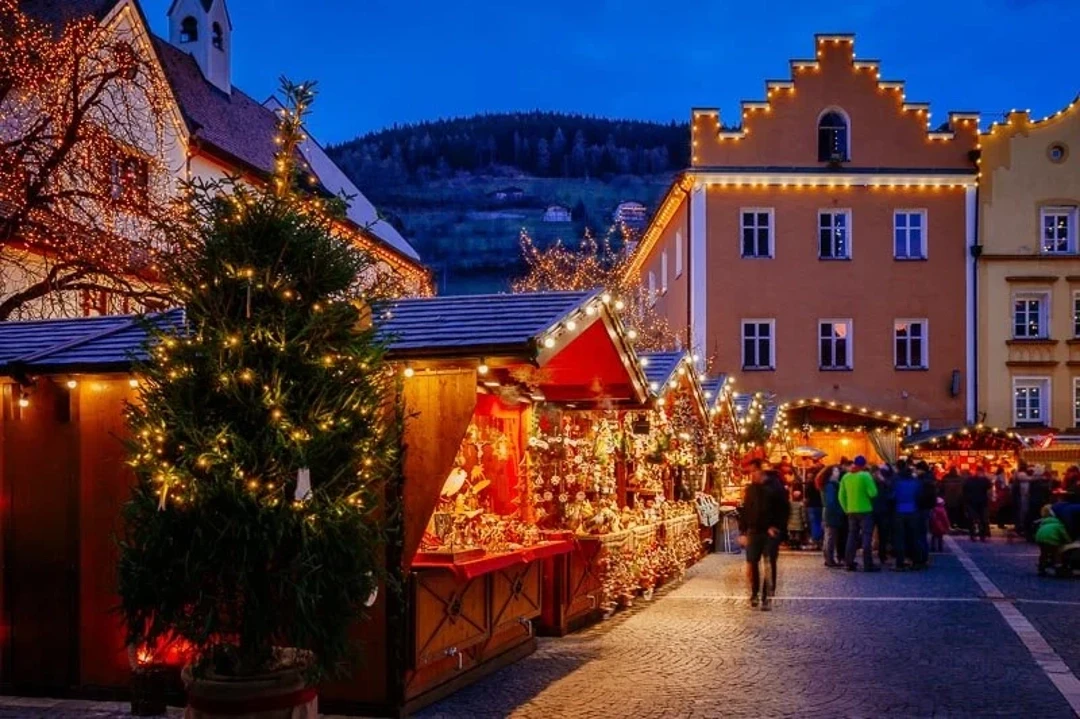
2. Decorated Piazzas & Streets
There's nothing like Christmas lights, and the towns in Italy do Christmas right! The piazzas and streets are all decorated and lit up, with lots of nativity-themed public art to admire.
Though it's on the cold side, this is where the festive magic happens. Milan is especially famous for its light events, as is Turin, and throughout the city, you can really see the twinkling sights.
Recommended Activity: Take an evening walk under the twinkling lights
Location: Milan, Turin
Duration: Whole December
Opening Time: Lights typically illuminate at dusk until midnight
What to Eat: Taste local street food like panettone from nearby vendors
3. Live Nativity Plays
In southern Italy, some regions, such as Basilicata and Calabria, have live nativity scenes for the holiday. These play/performance enactments usually involve the whole town and use the backdrop of a medieval village.
This setting makes for a special, traditional, and spiritually moving experience.
Recommended Activity: Watch a live nativity play capturing the Christmas story
Location: Basilicata, Calabria
Duration: Most of December, with peak performances around Christmas
Opening Time: Usually evening performances
What to Eat: Enjoy local pastries like struffoli or a sip of regional wine
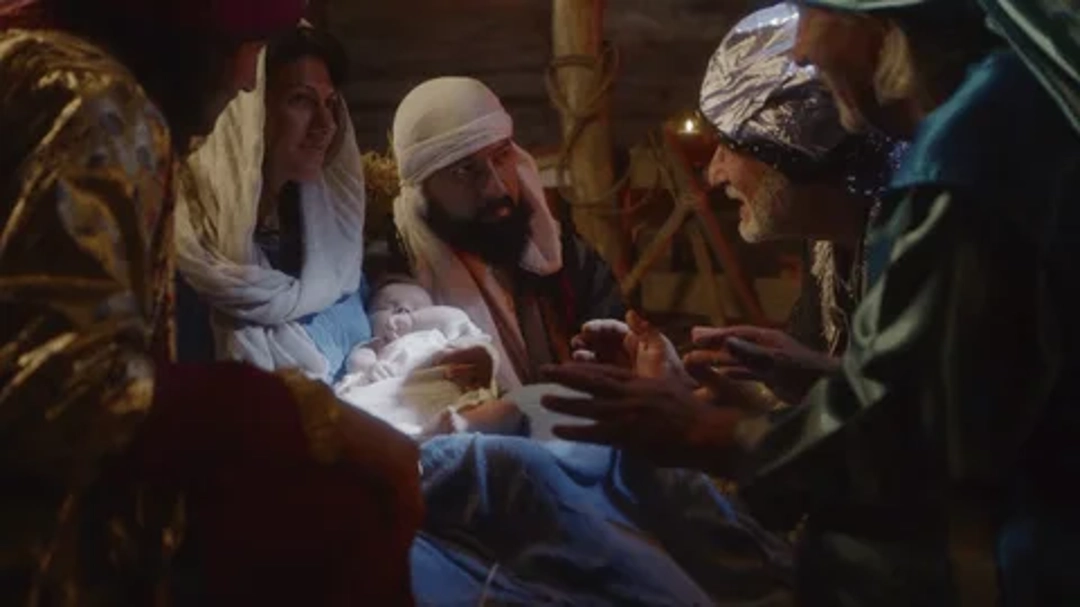
Enjoy the Italian decorations and Christmas spirit. Every market, light-strewn lane and live nativity scene seems to offer a little insight into Italian life and culture, which makes the holiday season so much more enjoyable.
Practical Travel Tips
Heading off to Italy for Christmas is an absolute a magical, and tasty treat! Here are a few tips to make your adventure epic:
1.Timing Your Trip
Do visit during late November and early January to see all of the Christmas celebrations. The Christmas markets and decorations are all out and you really get to experience Italy during the season.
2. Learning Basic Italian Phrases
Many Italians speak English, but it’s always better to know a few basic Italian words, such as “Buon Natale” (Merry Christmas) and “Grazie” (Thank you).
3. Understanding Local Customs
Adopt theItalystyle. Italians value family and community. The best way to get into the season here is to participate in the local traditions. Attend Midnight Mass or visit a local Christmas market. EmbraceItalyfor the holidays!
4. Respecting Public Holidays
Be aware of national holidays such as Christmas Day or Epiphany, too. Most businesses and shops will be closed, but the celebration will be front and center in the plazas and community activities.
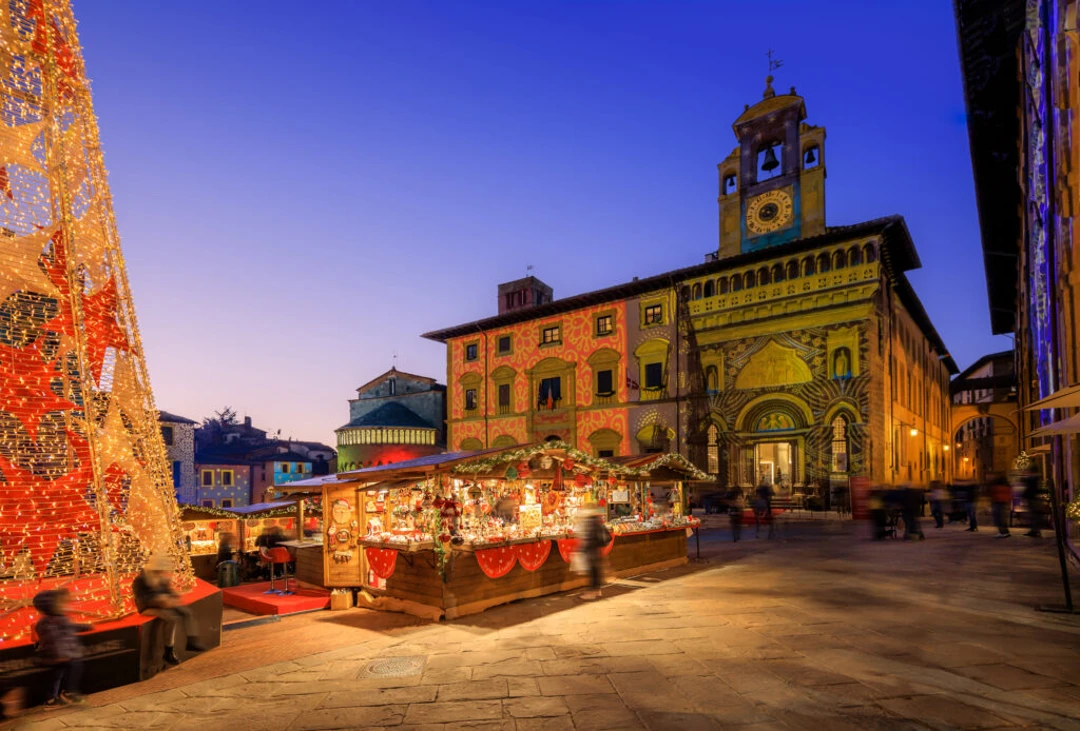
FAQ
1. What should one expect from a live nativity play in Italy?
These pageants, which are very common in southern Italy, see whole villages come together to re-enact the Christmas story, usually in picturesque and historic venues.
2. What are the recommended activities at Italian Christmas markets?
Visitors should othercraft stands, live music, and local treats, such as roasted chestnuts and mulled wine.
3. When is the best time to visit Italy for Christmas festivities?
Late November through early January offers the ability to see Italy’s Christmas markets, lights, and holiday displays in full.
4. Is it easy to travel between cities during the Christmas season in Italy?
Yes, Italy offers a great public transportation network of trains and buses for moving around the country when visiting its cities and towns over Christmas.
Conclusion
For Italians, Christmas is more than a holiday—it’s a way of life rooted in centuries-old traditions. It’s a time centered around family, community, and warmth that fills every street and square.
This post will help you experience Christmas the Italian way: candlelit mass in ancient churches, hymns at mountain markets, and roasted chestnuts from street vendors.
As you celebrate, remember one key phrase—“Buon Natale.” Simple but heartfelt, it captures the joy and togetherness at the heart of an Italian Christmas.
